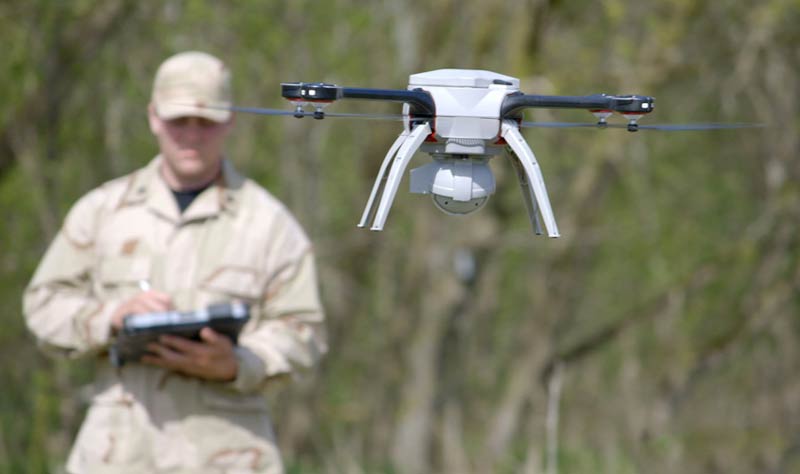
Industry
Aeryon Skyranger Leads The Pack in Texas Public Safety Drone Program
Aeryon Skyranger Leads The Pack in Texas Public Safety Drone Program
The Texas Department of Public Safety is resurrecting its first responder drone program. Over the past few months, the department has invested fund to the tune of $70,000 to purchase 17 drones. The drones add to a growing fleet of DPS aircraft that already includes 15 helicopters and nine planes.
About eight years ago the Texas Department of Public Safety was one of the first state and local law enforcement agencies to use the device. Within two years, however, the department cancelled the program due to challenges posed by federal restrictions and maintenance costs like battery life of the device and deficient video quality. At the time, when quizzed about this recently as to why the department uses planes over drones, a spokesman said “their missions and capabilities are not comparable. There are also numerous limitations placed on Unmanned Aerial Vehicles” by the Federal Aviation Administration.
DPS spokesman Tom Vinger has more recently stated that as “the regulatory environment has greatly improved” since the FAA issued clarified rules in June 2016, the first responder aerial drone program is now being reinstated. The department began developing the latest drone operating procedures in June last year, and began seeking tender for the purchase of a high-level drone as early as August of 2017. The DPS now confirms it is committing $70,000 for 17 drones in an attempt to revive its drone program.
The most expensive of these is an Aeryon SkyRanger, developed by Aeryon Labs in 2013 with a focus on public safety, commercial and military applications. Vinger said the SkyRanger, which comes at a cost of $48,000, will be equipped with a high-tech camera and specialized software. Along with an extended battery life and a 50 minute fly-time, it will likely be put to use by the highway patrol for crash scene reconstruction.
“The (drone) is an excellent tool to deploy when DPS aircraft are unavailable; if a mission is too dangerous for manned aircraft to be deployed; or when deemed more cost effective than conventional aircraft,” a press release from the department stated. The other new drones will aid in search and rescue, disaster support, aerial observation and crime scene photography, among other uses, yet another news release about the program said. It wasn’t immediately clear however if the drones will be used at the border.
So far, three agency officials have passed the 10-hour training requisite for flying the drones, which are allowed to be operated during daylight hours only. While the department’s 18-page policy guide says division directors will “establish protocols to prevent violations of policy, law, and public privacy,” it appears these protocols are still in development. The finalized policy bars the drones from carrying weapons or tear gas and requires they fly at less than 400 feet in the air.
Several local police departments in Texas already use drones. The Lone Star State is home to at least 28 law enforcement agencies with drones, the highest number nationwide according to a 2017 report. The Legislature recently imposed costly penalties on people who fly drones above a large sporting event, a prison or a detention center amid concerns of drones being used to drop drugs, weapons or other contraband into correctional facilities.





















